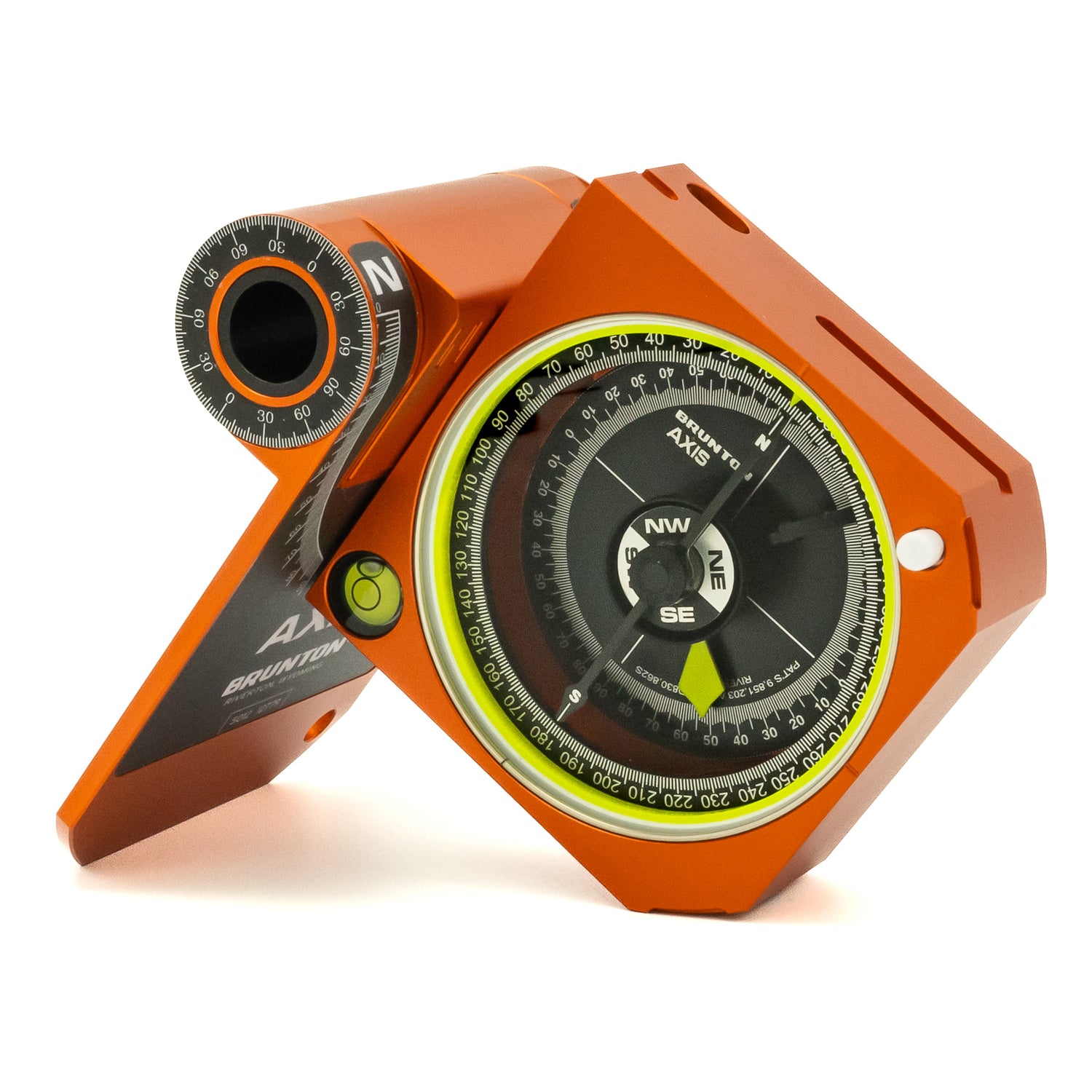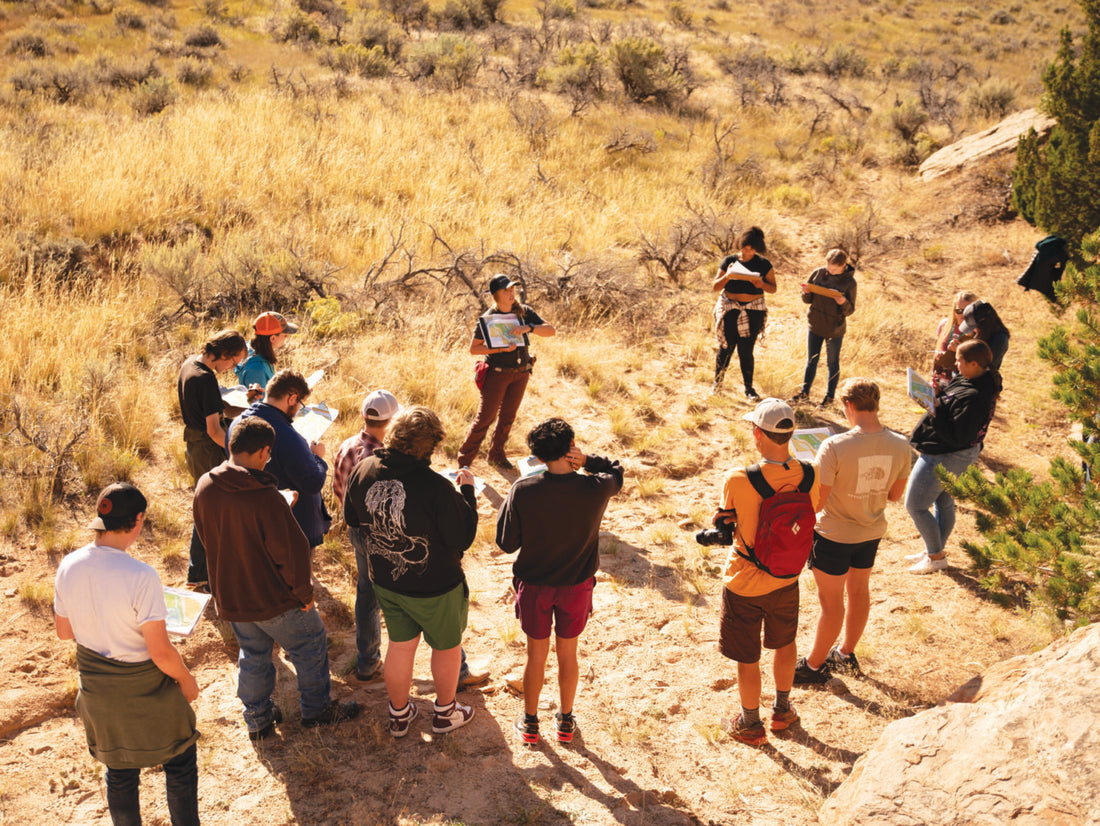Written By: Marit Gookin (Lander Journal)
School of Rocks - Lander Journal

Geologists travel from all over the country and all across the world to put their skills to work in Wyoming. Some come here to hone their skills at places like the University of Missouri’s field camp in Sinks Canyon; some come seeking minerals and oil buried deep underground; still others are here trying to answer questions about the earth’s history. Last week, their ranks were joined by Lander Valley High School students, who headed out into the field with science teacher Heidi Vanlishout and Monika Leopold, a geologist and former science teacher who now works for Brunton.
“Every quarter, Brunton likes to do a community outreach event,” Leopold explained; when she met Vanlishout at a Lander Young Professionals meet-up, it seemed like a natural fit.
This is the second year Vanlishout and Leopold have collaborated on this project. Last year, Leopold also accompanied students into the field and spent time with them in the classroom, working on teaching them the kinds of skills professional geologists use in the field. The students take measurements referred to by geologists as “strike and dip data” – the orientation angle of geologic features, essentially points that can be used to create detailed and accurate mapping. Leopold teaches the students how to map these points onto a topographic map, and Vanlishout then does a section in her class that teaches students to take this data and create a geologic map.

“It’s something geology students in college won’t learn … until their sophomore or junior year,” Leopold pointed out, but so far, Lander students have consistently succeeded at these practical application skills. The students always get excited when they realize they’re capable of such high-level work, she added.
Vanlishout and Leopold aren’t the only ones doing hands-on experiential learning; in fact, it wouldn’t be amiss to say that it’s something of a specialty for Lander. From Central Wyoming College’s environmental science programs to the sagebrush projects worked on at the Lander Middle School, from NOLS to LVHS’ pottery and shop classes, Lander has long known what many educators around the world have come to agree on: Learning by doing can be an important part of education.
When it comes to geology, Fremont County also has a storied history. Renowned geologist Dave Love – himself a graduate of Lander’s Fremont County Vocational High School, a predecessor of Lander Valley High School – was born on a remote ranch in the Wind River Basin in 1913, and grew up shooting at rattlesnakes and chasing after cattle. Love’s passion for geology began long before he started studying at the University of Wyoming in 1929, but it didn’t fade with time. Over the course of his life, Love mapped most of the state of Wyoming, and was instrumental in finding deposits of vanadium and uranium.
One hundred years after Love graduated from high school in Lander, modern-day Lander high school students are also hunting for and trying to understand rocks. They go on field trips to places like JBR and Sinks Canyon to learn about Wyoming’s unique and complex geology – not in a classroom, but somewhere they can put their hands on the rocks they’re studying.
“Place-based learning [can create] a sense of pride in where they grew up,” Leopold remarked. “They get to know and understand how truly unique the place where they live and learn is … getting to use this place-based learning really gives them a sense of pride and interest.”
Leopold said that students are generally excited to head into the field – and even if they aren’t excited about getting to get out and scramble over the rocks and hills of the Lander area, they tend to get excited when they’re entrusted with intricate geologic compasses, or figure out how to map a 3-D object, or learn about the history of how a rock came to be formed in a given location and what it was before.
“The ‘a-hah’ moments are always what teachers strive for, when it clicks for a student,” Leopold said. “If I can get a student psyched about a rock, my job is completed.”
The students, Leopold, and Vanlishout will be headed back out to the field to learn more hands-on geology skills later this October.


